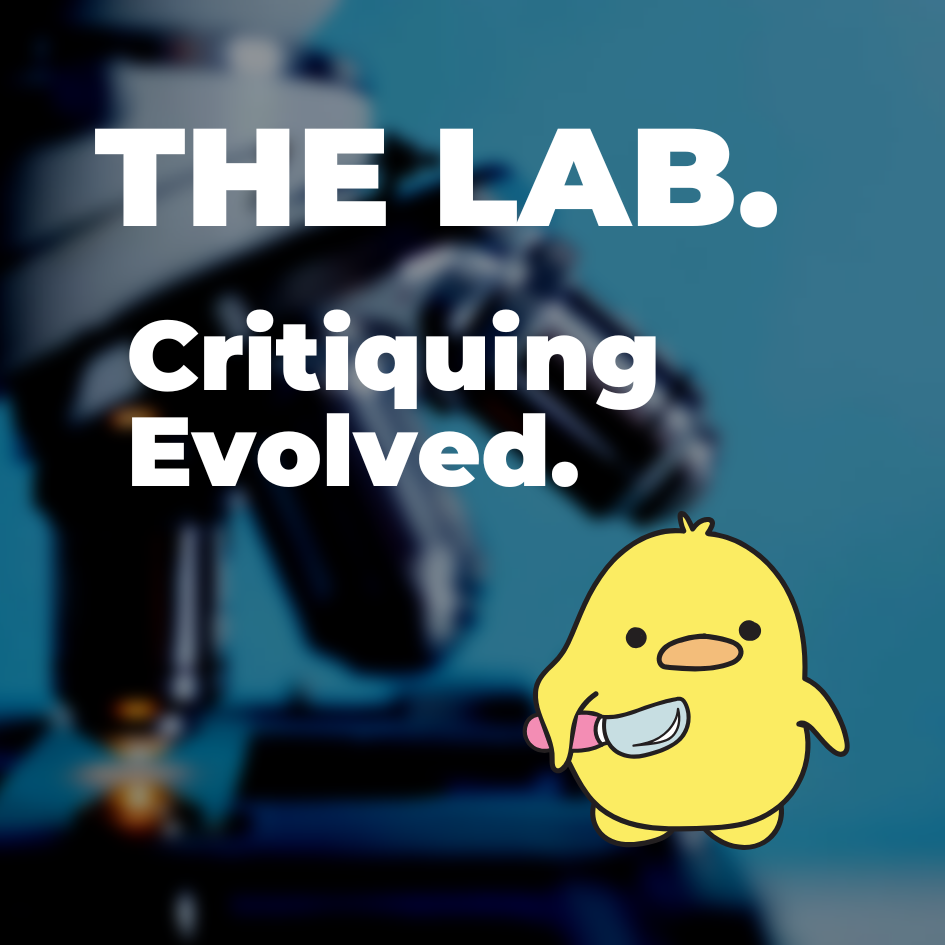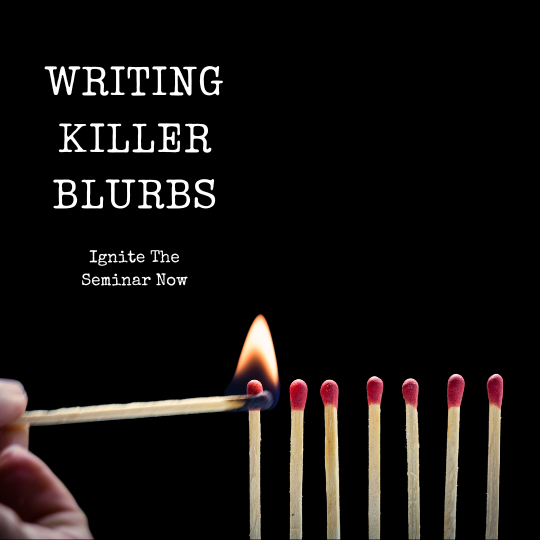I've said this in another post, but I thought I could actually raise the topic with a broader audience: my transitions could leave room for improvement. I jokingly called it the soap opera rule of transitions, but that might be closer than I like to admit. DAMN YOU, THE YOUNG AND THE RESTLESS for ruining me.

(Also, why is she arguing to the back of this woman's head? Who does that?)
Okay, all joking aside...
It's not that I try to be overly abrupt. It's simply the way I think. Scene A has been completed. Scene B is in a different location, time, or POV. (Sometimes I feel like I did it for a commercial break because OH MY GOD IT IS APPARENTLY AGAINST THE LAW TO HAVE A TEN PAGE CHAPTER/SCENE IN MY WORLD.) (I'm working on that one.)
Those of you who have had to work on your transitions, what were some of the most helpful things that you had to do that finally made it click that you needed a graceful hand-off between scenes? Or do you just chuck it out onto the page first and fix the transitions in second draft?

(Also, why is she arguing to the back of this woman's head? Who does that?)
Okay, all joking aside...
It's not that I try to be overly abrupt. It's simply the way I think. Scene A has been completed. Scene B is in a different location, time, or POV. (Sometimes I feel like I did it for a commercial break because OH MY GOD IT IS APPARENTLY AGAINST THE LAW TO HAVE A TEN PAGE CHAPTER/SCENE IN MY WORLD.) (I'm working on that one.)
Those of you who have had to work on your transitions, what were some of the most helpful things that you had to do that finally made it click that you needed a graceful hand-off between scenes? Or do you just chuck it out onto the page first and fix the transitions in second draft?




